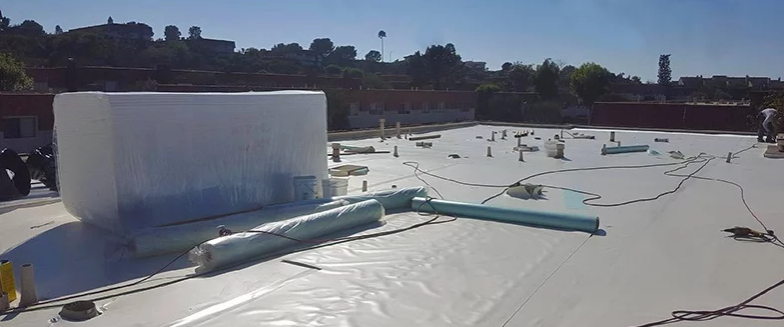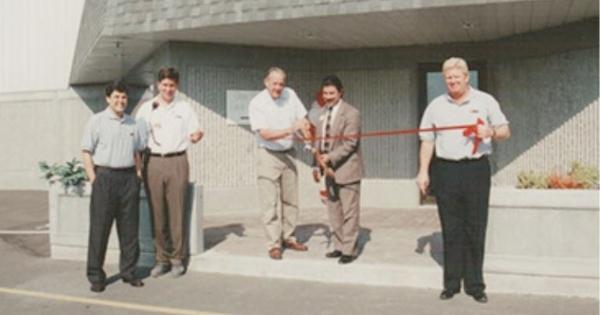Class 1 vs. Class A Roof Assemblies

Within the low-slope roofing marketplace, there has been confusion between a Class A fire rating and a Class 1 fire rating.
There are significant differences between a Class A and Class 1 rated roof system. The class of fire rating for a roof system is an important part of roof design and not only determines the ability of the roof system to resist fire but the extent to which the system has been tested. To examine the difference, we first need to look at what each fire rating tests.
Class A
Class A, B or C is the measure of a roof system’s ability to resist external fire. Class A is the best rating that can be achieved, which is described as “effective against severe fire exposure.” The susceptibility of a roof to fire is determined using either ASTM E108 or UL 790 standard. Both standards consist of three test procedures:
- Spread of Flame— simulates the potential for flames to spread across the surface of the roof assembly from a constant flame source
- Intermittent Flame— measures potential for fire to penetrate a roofing assembly with a variable flame source
- Burning Brand— measures the ability of the roof assembly to resist fire from flaming embers
1 The spread of flame portion is the only test conducted on roof assemblies with non-combustible (concrete, steel or gypsum) decks.
| Table 1: ASTM E108 Spread of Flame | ||
| Classification | Fire Exposure*
Fire Exposure* |
Allowable Flame
Allowable Flame Spread |
| Class A | 1400 F/10 minutes | 6 feet maximum |
| Class B | 1400 F/10 minutes | 8 feet maximum |
| Class C | 1300 F/4 minutes | 13 feet maximum |
*Note: Not all Class A roof systems meet Class 1.
Class 1
The Class 1 label is an exclusive designation that can only be awarded by FM Global. This test is significant as it indicates the successful testing of the entire roof assembly using FM Approval Standard 4470. According to the scope of FM 4470:
“The performance of a roof assembly depends on all components that make up the assembly, beginning with the deck and its securement to the structure to the uppermost layer exposed to the weather. It is, therefore, necessary to evaluate the entire roof assembly as a single entity.” ~ FM 4470 Standard 1.2.2
The FM 4470 standard is a comprehensive series of tests that include:
| · Internal Fire
· External Fire (ASTM E108) · Simulated Wind Uplift · Metal Component Corrosion Resistance · Hail Damage |
· Water Leakage
· Foot Traffic Resistance · Puncture Resistance (Optional) · Solar Reflectance (Optional) |
What is the difference between Class 1 and Class A roof assemblies?
A roof is classified as Class A as the result of one or three tests, the external spread of flame, intermittent flame and burning brand (ASTM E108 or UL 790 Standard). A Class 1 roof has undergone a series of tests that evaluate the entire roof assembly, including the external spread of flame test utilized for the Class A rating.
All Class 1 roof assemblies are Class A roofs, but not all Class A roof systems meet the Class 1 rating.
It is important to note that a Class 1 rating only applies to the components listed for each layer in an FM Approved RoofNav report. If any component is utilized in an assembly that is not listed in the respective layer, it will nullify the Class 1 rating for the entire roof assembly.























Comments
Leave a Reply
Have an account? Login to leave a comment!
Sign In